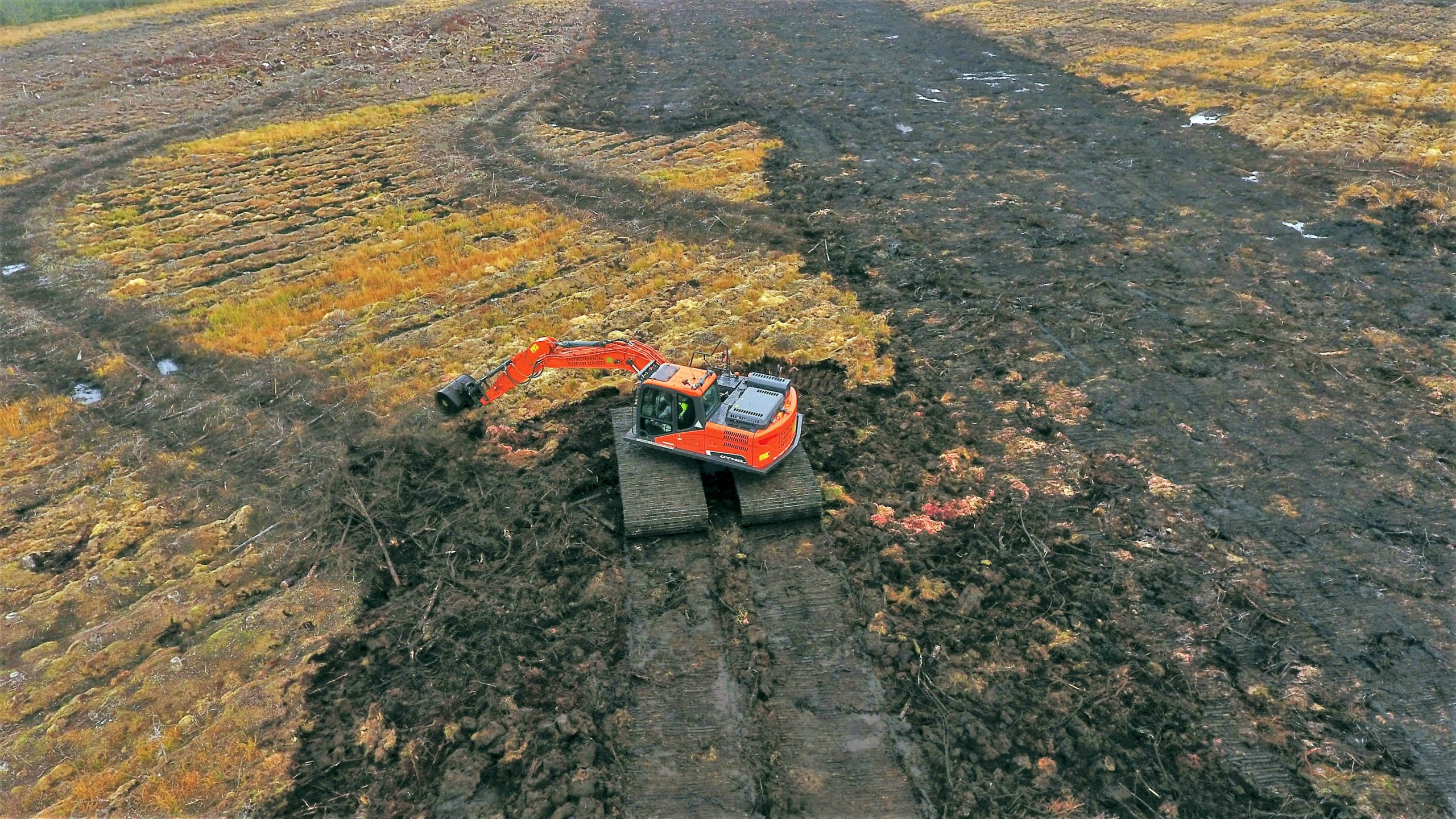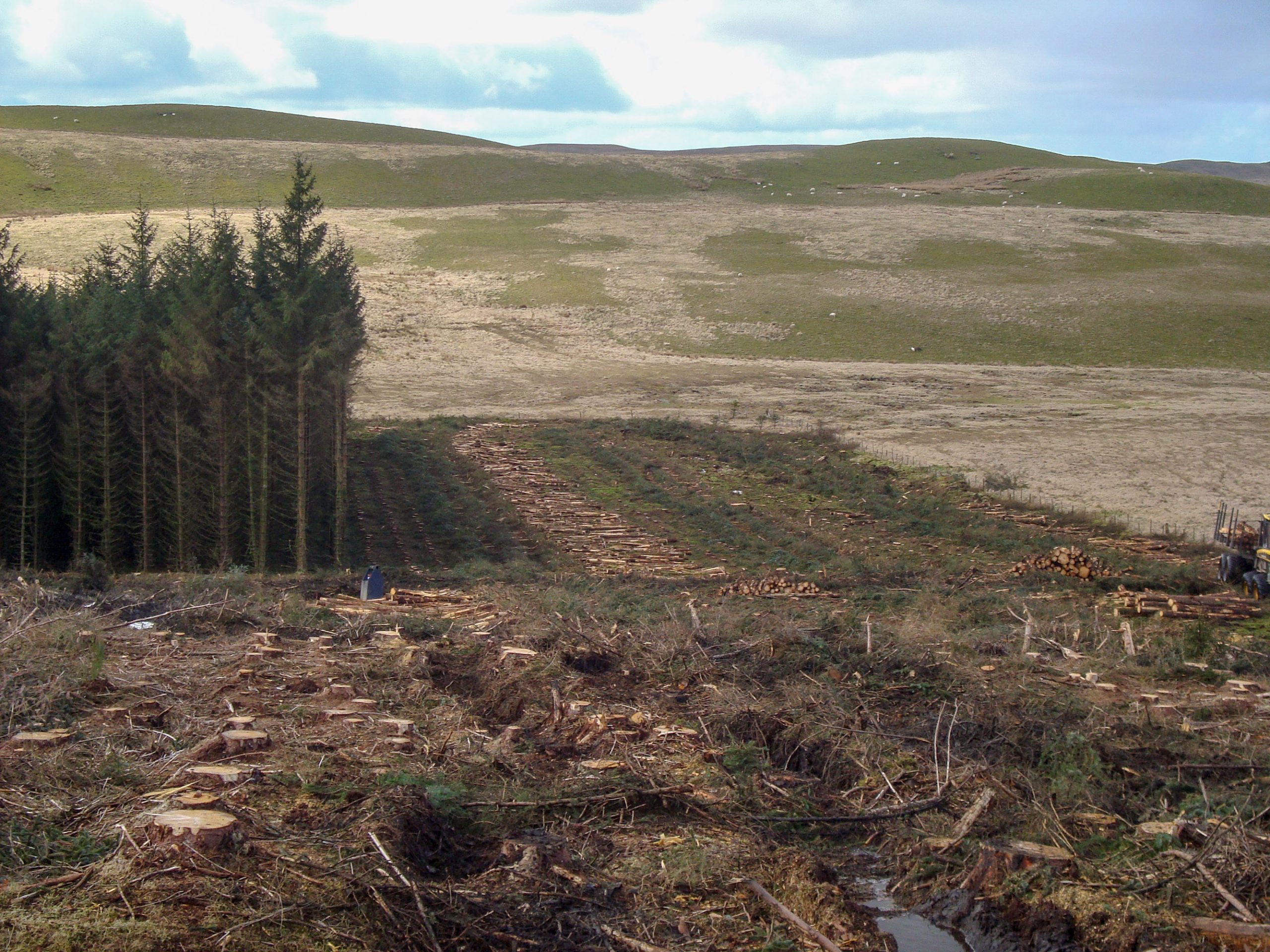Factsheet: Peatlands, forestry and climate change
Lead Author: Russell Anderson
We use some essential cookies to make this website work.
We’d like to set additional cookies to understand how you use forestresearch.gov.uk, remember your settings and improve our services.
We also use cookies set by other sites to help us deliver content from their services.
Lead Author: Russell Anderson

The UK’s peatlands play an important role in global climate regulation. Like all ecosystems, their plants take up CO₂ from the atmosphere but, unlike most other ecosystems, a substantial part of the carbon gets stored underground as peat. The rate of carbon accumulation is slow but it has continued for up to 11,000 years. In upland blanket bogs, the predominant UK peatland type, the peat layer is typically 1–5 m thick and every square metre contains 40–200 kg of carbon. This factsheet explains how forestry affects the carbon stored in peat and the role forest-to-bog restoration can play in reducing carbon emissions.

Aimed at practitioners, the factsheets showcase the breadth of research carried out by Forest Research, sometimes over decades, into how trees and forests are facing the challenges of climate change, and actionable insights into how trees and woodlands can help mitigate the effects of climate change.
Peatlands are a globally significant store of carbon During the second half of the 20th century new planting techniques combined with tax incentives encouraged commercial forestry across large areas of peat bog in the UK, particularly in the Flow Country of northern Scotland. Such planting was controversial and was ultimately halted by removal of the tax […]
Cookies are files saved on your phone, tablet or computer when you visit a website.
We use cookies to store information about how you use the dwi.gov.uk website, such as the pages you visit.
Find out more about cookies on forestresearch.gov.uk
We use 3 types of cookie. You can choose which cookies you're happy for us to use.
These essential cookies do things like remember your progress through a form. They always need to be on.
We use Google Analytics to measure how you use the website so we can improve it based on user needs. Google Analytics sets cookies that store anonymised information about: how you got to the site the pages you visit on forestresearch.gov.uk and how long you spend on each page what you click on while you're visiting the site
Some forestresearch.gov.uk pages may contain content from other sites, like YouTube or Flickr, which may set their own cookies. These sites are sometimes called ‘third party’ services. This tells us how many people are seeing the content and whether it’s useful.
